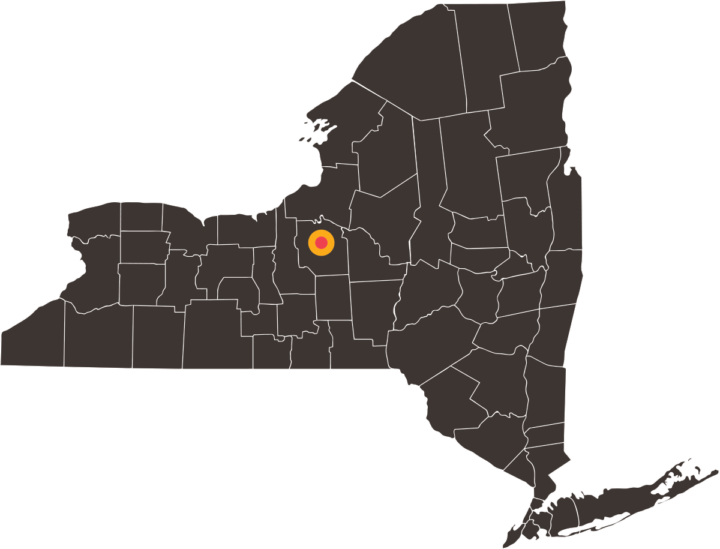Schenectady Police Department
Civil Liberties Union
The NYCLU received tens of thousands of records about civilian-police interactions (“stops”) from the Syracuse Police Department (“Syracuse PD”) after we submitted a Freedom of Information Law request.

An analysis of tens of thousands of pedestrian and vehicle stops made by the Syracuse PD from 2014-2020 reveals:
A more detailed analysis of our findings is below.
The records show officers made more than 70,000 pedestrian and vehicle stops between 2014-2020.
The documents do not contain all the information we originally sought. There is also a significant amount of missing or inconsistent information which has required us to make several assumptions that we document in the methodology section.
Of the civilians who were subjected to a stop by the Syracuse Police Department, Black and Latinx civilians were subsequently searched and frisked at more than twice the rate that white people were. Black and Latinx civilians were searched in 23 percent and 22 percent of stops and frisked in 31 percent and 29 percent of stops, respectively. White people were searched in 10 percent of stops and frisked in 14 percent of stops.
Between 2018-2020, approximately 84 percent of stops occurred when the civilian was in a vehicle, while 16 percent were pedestrian stops. The racial disparities in vehicle and pedestrian stops were not substantially different from one another from 2018-2020—Black and Latinx civilians were stopped and searched at greater rates than white people.
The association between where people of color live in Syracuse and the concentration of stops from 2014-2020 is stark. The SPD most frequently made stops in areas of Syracuse where 70 to 90 percent of residents are people of color and rarely made stops in whiter or more affluent parts of the City. Southside is the neighborhood with the most stops (13,412), followed by Northside (10,322), Westside (9,128), and Eastside (6,013).
There are two sets of records underlying this analysis, one labeled “person” records and another labeled “incident” records by SPD, that appear to describe the same universe of documents. According to a letter from the SPD, both datasets originate from “police reports identified as Code 67, which is the specific report authored in response to a stop,” including both pedestrian and vehicle stops made from 2014 to 2020. Each set includes a different number of records and different information, though they are referred to interchangeably in the analysis.
The bulk of the analysis is based on a subset of the records that were substantially complete. We determined that a record was substantially complete if it had a value indicating the race of the civilian stopped and whether the civilian was searched or frisked. As such, of the over 70,000 entries, nearly 50,000 were found to be substantially complete and were included in the analysis. For the conclusions which required geographic analysis, 45,000 stops with recorded and valid addresses were analyzed.
Letter codes indicating the race and ethnicity of the civilian stopped were translated as such: B = Black, W = white, H = Hispanic/Latinx, A = Asian, I = Native American, O = other, U = unknown. Civilians with “Hispanic” ethnicity were coded as Latinx, regardless of the race indicated in the records.